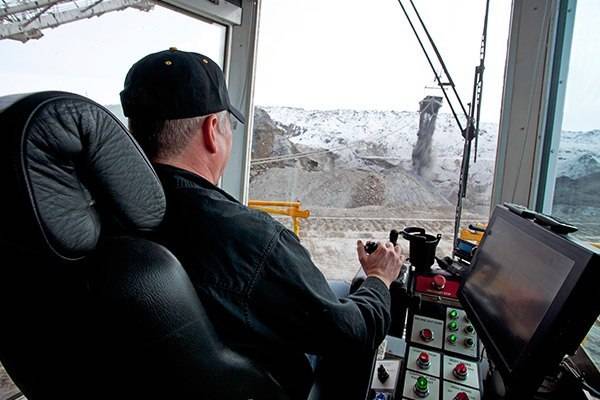Dec . 24, 2024 21:34 Back to list
hydrogen based steel making factories
Hydrogen-Based Steelmaking A Sustainable Future for the Industry
Steel is one of the most widely used materials in the world, playing a crucial role in infrastructure, transportation, and construction. However, traditional steelmaking processes are notorious for their high carbon emissions, contributing significantly to climate change. In light of this environmental challenge, the steel industry is poised for a transformative shift with the advent of hydrogen-based steelmaking technologies. This innovative approach promises to reduce CO2 emissions dramatically, making steel production more sustainable and aligning with global efforts to combat climate change.
Understanding Hydrogen-Based Steelmaking
Hydrogen-based steelmaking primarily involves replacing carbon-intensive fossil fuels, like coal, with hydrogen to reduce iron ore into iron. Traditionally, iron is extracted from ore using carbon in the form of coke, which releases substantial amounts of CO2 as a byproduct. In contrast, hydrogen reacts with iron ore to produce iron and water vapor, thus eliminating direct CO2 emissions from the reduction process.
The most common method of hydrogen-based steelmaking is called Direct Reduced Iron (DRI) or hydrogen direct reduction (H-DRI). In this process, hydrogen gas is introduced into a furnace containing iron ore pellets. The hydrogen reacts with the iron ore, resulting in sponge iron, which can then be melted and converted into steel. This process represents a pivotal advancement in reducing the carbon footprint of steel production.
Benefits of Hydrogen-Based Steelmaking
1. Significant Reduction in Emissions The transition to hydrogen in steelmaking could potentially reduce worldwide emissions by more than 1.8 billion tons annually. This figure is significant, considering that the steel industry is responsible for approximately 7-9% of global carbon emissions.
2. Integration with Renewable Energy Hydrogen can be produced sustainably through electrolysis, using renewable electricity from wind, solar, or hydro power. This synergy not only ensures a low-carbon steel production process but also supports the growth of renewable energy sectors by providing a stable demand for hydrogen.
3. Economic Opportunities The hydrogen economy opens up new job opportunities in manufacturing, transportation, and infrastructure development related to hydrogen production and distribution. Investing in hydrogen-based technologies can stimulate economic growth in regions dependent on traditional steelmaking.
hydrogen based steel making factories

4. Innovation and Competitiveness As the global market increasingly prioritizes sustainability, steel producers that adopt hydrogen-based methods will likely gain a competitive edge. Companies leading the way in this transition could capture a significant market share, positioning themselves as eco-friendly suppliers.
Challenges Ahead
Despite its promise, the widespread adoption of hydrogen-based steelmaking faces several challenges. One major hurdle is the current cost and availability of hydrogen. Although prices are falling, producing green hydrogen remains more expensive than fossil fuels, requiring further investment in electrolysis technology and infrastructure.
Additionally, existing steelmaking facilities may need significant retrofitting or new construction to integrate hydrogen technologies effectively. This represents a substantial investment for manufacturers, who may be hesitant to commit without long-term policy clarity and incentives.
Moreover, the availability of renewable energy sources is crucial for a successful transition to hydrogen-based steelmaking. Regions with limited access to renewables may face challenges in producing green hydrogen, impacting their ability to adopt these technologies.
Conclusion
Hydrogen-based steelmaking represents a pivotal innovation in the quest for a sustainable future in the steel industry. By significantly reducing carbon emissions, integrating with renewable energy sources, and creating economic opportunities, hydrogen could revolutionize steel production. Nonetheless, overcoming the challenges related to cost, infrastructure, and energy availability will be critical for the successful implementation of this technology.
As nations around the globe commit to achieving net-zero emissions by mid-century, the steel industry must embrace this transformative approach. With the right investment, policies, and innovation, hydrogen can pave the way for not only cleaner steelmaking but also a more sustainable industrial landscape. The journey towards a low-carbon future is challenging, yet hydrogen-based steelmaking offers a glimmer of hope, promising a cleaner and greener world for future generations.
-
Eco-Friendly Granule Covering Agent | Dust & Caking Control
NewsAug.06,2025
-
Fe-C Composite Pellets for BOF: High-Efficiency & Cost-Saving
NewsAug.05,2025
-
Premium Tundish Covering Agents Exporters | High Purity
NewsAug.04,2025
-
Fe-C Composite Pellets for BOF | Efficient & Economical
NewsAug.03,2025
-
Top Tundish Covering Agent Exporters | Premium Quality Solutions
NewsAug.02,2025
-
First Bauxite Exporters | AI-Optimized Supply
NewsAug.01,2025
